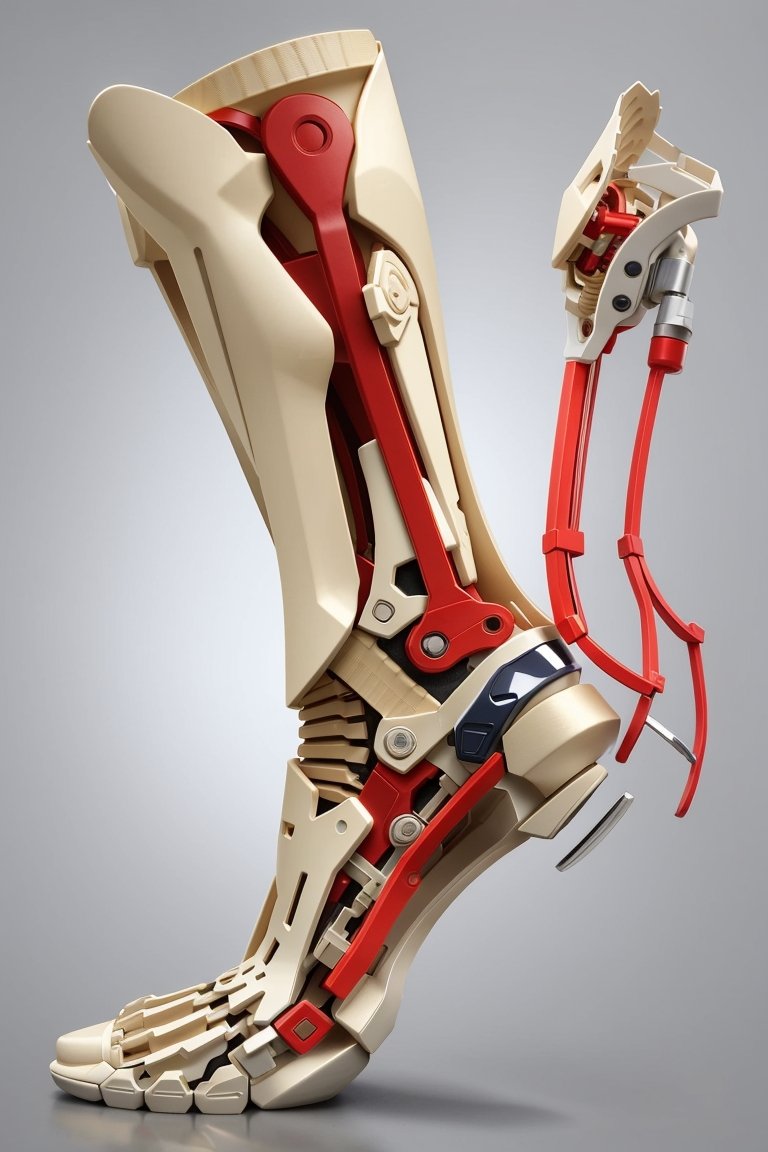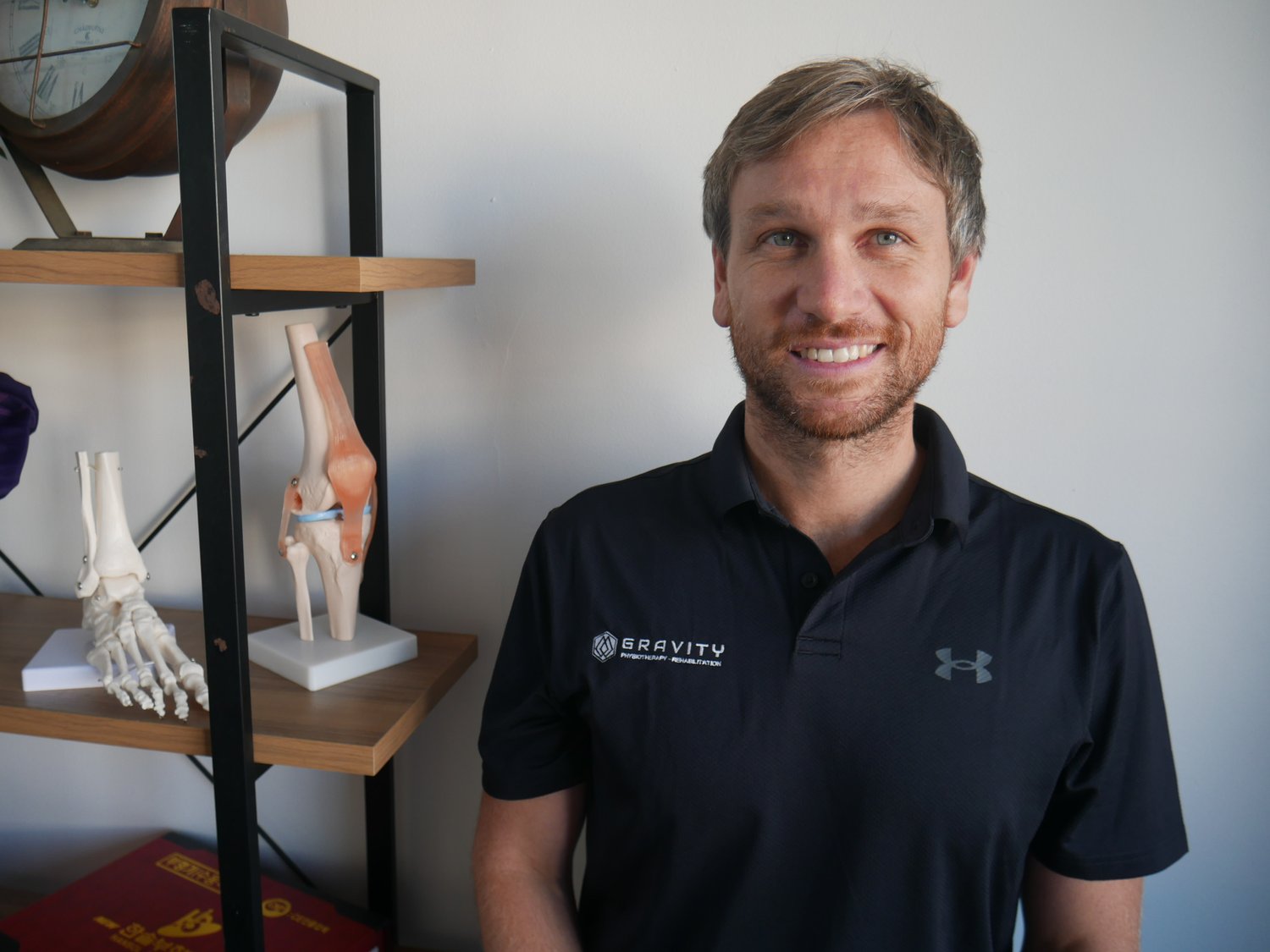Sever’s Disease– Growing Can Be Such a Pain!
Most of us have heard of 'growing pains' and have some idea of what they are. They can affect several different parts of the body, predominantly in the lower limb, like the hip, knee, and ankle. But, did you know that one of the most common types of ‘growing pains’ is called Sever’s disease? This condition causes heel pain and affects children and adolescents. Sever’s can be quite painful and restrictive, often being painful with activity or sports (which kids usually love!).
Sever's disease, also known as calcaneal apophysitis, derives its name from its location - a region where the Achilles tendon attaches to the heel bone. This condition leads to inflammation near the growth plate, which is a region of heightened bone activity and formation in young skeletons. Due to this increased activity, growth plates can be more susceptible to irritation caused by repeated stresses such as running, jumping, or walking.
Imagine a young child, full of energy and curiosity, running and playing with their friends. These innocent activities that are crucial for their development can become sources of discomfort and pain due to Sever's disease. Their excitement might be curtailed, and the boundless joy of being active could be replaced by the nagging ache in their heels.
Sever’s induces pain in children during and after these types of activities. It's often more likely to occur after a period of heightened training or sports involvement, or even following a growth spurt. While these are the most common triggers, other factors such as ankle injuries, reduced range of motion of the ankle, tight calf muscles, and abnormal gait patterns can also contribute to the onset of Sever's. Sometimes, though, it seems to appear out of nowhere, leaving both parents and children puzzled and frustrated.
Picture a parent observing their child's pain, wanting to help but feeling helpless. As the child winces with each step, the parent wonders if there's anything they could have done differently to prevent this. Sometimes, the worry creeps in – is this something more serious? Is it just a phase? What if it gets worse? These concerns are a natural response for any caring parent, and they're seeking answers and solutions to restore their child's comfort.
Fortunately, Sever's disease is self-limiting in nature, meaning that it often resolves on its own over time with proper guidance. Education and relative rest from aggravating activities are often key to managing this condition optimally. Your physiotherapist can play a vital role in relieving pain through hands-on treatments during the early, more intense stages of the condition. They can then guide the gradual re-introduction of activities or sports involvement to ensure the condition doesn't resurface. Moreover, they can provide a range of additional exercises designed to prevent the recurrence of Sever's, including calf stretching, ankle mobility, and calf strengthening exercises.
A physiotherapist's expertise and reassurance can provide comfort to both the child and their parents. As the child diligently follows the prescribed exercises, there's a growing sense of empowerment – a feeling that they are taking control of their own healing. And as the weeks go by, the pain begins to subside, replaced by a renewed sense of confidence and enthusiasm.
Moreover, in recent years, advancements in the understanding of Sever's disease have led to innovative treatment approaches. One such approach involves the integration of technology. Virtual reality (VR) rehabilitation, for instance, has emerged as an engaging method to manage Sever's symptoms. By immersing the child in virtual scenarios that require controlled movements and exercises, VR rehabilitation not only helps with physical healing but also keeps children motivated and entertained throughout the recovery process. The blend of technology, play and healthcare has paved the way for a more interactive and exciting healing journey. Imagine a child slipping on a VR headset, their eyes lighting up as they enter a digital world filled with adventures. They find themselves dancing with animated characters, traversing magical landscapes, all while unknowingly engaging in therapeutic exercises. What once might have been a dull routine becomes an eagerly anticipated daily activity. This fusion of healthcare and imagination showcases the boundless possibilities of modern medical approaches.
Furthermore, nutrition and its role in pediatric health have gained increasing attention in recent years. Proper nutrition is crucial for overall growth and development, and it can also play a significant role in managing conditions like Sever's disease. Incorporating foods rich in calcium, vitamin D, and other essential nutrients can aid in strengthening bones and supporting the healing process. Additionally, staying adequately hydrated can contribute to optimal muscle function and tissue repair, which are vital aspects of a child's recovery journey.
The emotional aspect of coping with Sever's disease should also not be underestimated. Children might experience feelings of frustration, impatience, and even sadness due to the limitations the condition imposes on their activities. It's crucial for parents, caregivers, and healthcare professionals to create a supportive environment that addresses not only the physical but also the emotional needs of the child. Encouragement, open communication, and fostering a sense of resilience can help the child navigate the challenges of Sever's with a positive outlook. In these moments, the presence of a caring adult can make a world of difference, coming up with creative ways to stay engaged and involved, ensuring that the child feels valued and understood.
In conclusion, Sever’s disease might start as a painful chapter in a child's life, but with the right guidance, support, and a dash of innovation, it can transform into a story of resilience, growth, and healing. As we witness the child's gradual return to their vibrant and active self, we're reminded that the challenges they face today are shaping the strong and capable individuals they'll become tomorrow.






